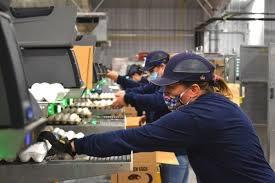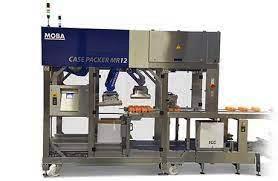 According to the 2021 NSI National Healthcare Retention and RN Staffing Report based on a survey of 226 facilities in 37 states, the 2020 turnover rate for staff nurses attained 18.7 percent. What is significant is that the average cost of turnover for a bedside RN is $40,038 with a range of $28,400 to $51,700, resulting in a loss of $3.6 million to $6.5 million for each participating hospital.
According to the 2021 NSI National Healthcare Retention and RN Staffing Report based on a survey of 226 facilities in 37 states, the 2020 turnover rate for staff nurses attained 18.7 percent. What is significant is that the average cost of turnover for a bedside RN is $40,038 with a range of $28,400 to $51,700, resulting in a loss of $3.6 million to $6.5 million for each participating hospital.
The survey pointed to the high cost of recruiting, appointing and orienting RNs as a result of resignation or attrition. By the same token are there hidden cost in replacing employees at a more menial level in live-bird and egg-packing operations? Not only are there direct costs involved but hidden losses occur through unfamiliarity with work responsibilities by new hires, their accidents and an additional burden on HR personnel.
Financial media report the availability of 10 million positions in the U.S. with 8 million unemployed. Filling positions is more than simple arithmetic. The reasons why jobs remain unfilled and the reality that potential workers are not applying for positions is the subject of intensive investigation.
With respect to female workers, child-care is an important consideration and must be addressed. A second factor contributing to inability to fill positions relates to pay and benefits. While some companies have adopted policies that reflect prevailing rates in their areas and have implemented benefit packages to attract and retain workers others are adopting unrealistic approaches to the current labor market. An example is a North Carolina QSR franchised to a national chain that has placed a banner offering positions at $10 per hour. Within 500 yards a second QSR is offering $12 per hour with a sign-up bonus. It is evident that without matching the higher rate, the first QSR will be at a disadvantage with respect to hiring and retention of reliable and industrious workers. At the other end of the scale, companies that pay higher salaries can demand more in education, communication skills, initiative and commitment among managers.
 COVID and its impact on staffing have changed traditional approaches to remuneration and employee relations. Increased wage rates and obligations to provide benefits have raised the costs of workers justifying automation and robotics. The highest concentration of workers in an egg packaging plant involves transfer of packs to outer containers. Given 600 case per hour graders and 14 packer lanes, robotic transfer is considerably more attractive at a base rate of $15 per hour plus benefits and indirect costs. Replacement of repetitive labor with appropriate mechanical equipment is a necessary approach to resolving problems of recruitment and retention. Over the long run automation will contribute to consistency of operation and enhanced margins in a competitive industry. Investment in robotic equipment should be evaluated on the duration to payback or the net present value of the investment. Realistic costs of labor should be assumed with inclusion of both direct and indirect costs including the frequently overlooked expenditure on recruitment and training attributed to turnover.
COVID and its impact on staffing have changed traditional approaches to remuneration and employee relations. Increased wage rates and obligations to provide benefits have raised the costs of workers justifying automation and robotics. The highest concentration of workers in an egg packaging plant involves transfer of packs to outer containers. Given 600 case per hour graders and 14 packer lanes, robotic transfer is considerably more attractive at a base rate of $15 per hour plus benefits and indirect costs. Replacement of repetitive labor with appropriate mechanical equipment is a necessary approach to resolving problems of recruitment and retention. Over the long run automation will contribute to consistency of operation and enhanced margins in a competitive industry. Investment in robotic equipment should be evaluated on the duration to payback or the net present value of the investment. Realistic costs of labor should be assumed with inclusion of both direct and indirect costs including the frequently overlooked expenditure on recruitment and training attributed to turnover.
The major manufacturers of grading equipment now provide robotic case packers that are as flexible as human workers and offer a payback of less than two years at current rates with less shell damage and a favorable return on investment from retrofitting.